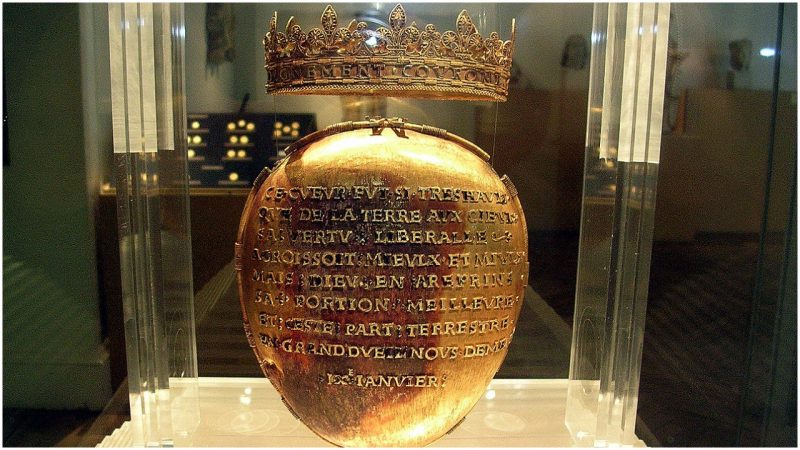No museum theft is without pain, but in France, the disappearance of a six-inch gold reliquary left people both devastated and outraged. Inside the case was the heart of Anne of Brittany, the only woman in French history to be crowned queen twice.
She died in 1514, with a request that her heart rest near her parents in her beloved Brittany, which was then a duchy. Her wish was granted, and while she received the funeral of a queen in Paris, her heart was returned to her homeland.
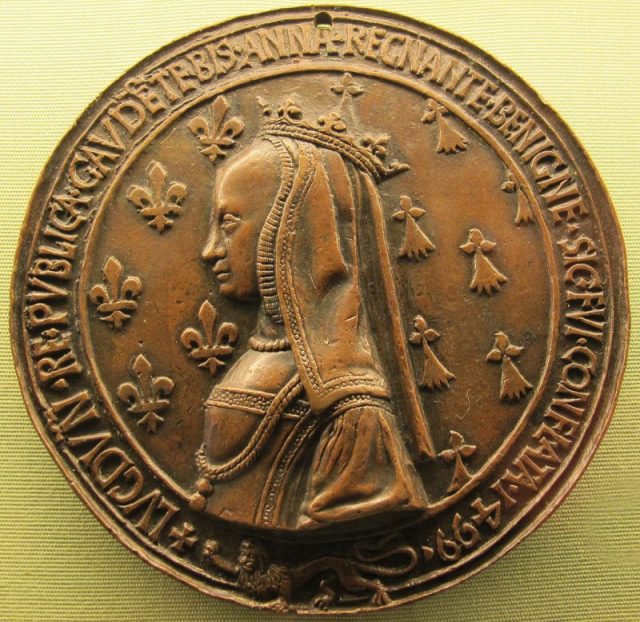
Sometime over the weekend of April 14th and 15th, 2018, thieves smashed a window of the Thomas-Dobrée museum in Nantes and managed to take the reliquary without triggering an alarm. The queen’s case had been proudly displayed for 130 years.
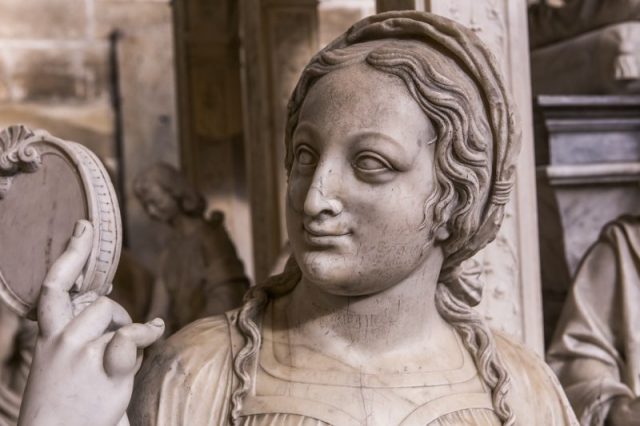
Philippe Grosvalet, the president of the Loire-Atlantique department that owns the museum, said after the theft: “The thieves attacked our common heritage and stole an item of inestimable value. Much more than a symbol, the case containing the heart of Anne of Brittany belongs to our history.”
French officials made a plea for the case to be returned. “If by any chance the thieves were motivated by the fact that it is shiny and made of gold, they should understand that its historical and symbolic value far outweighs its 100 grams of gold,” said Catherine Touchefeu, a departmental councilor.
To the joy and relief of all, just over a week later, the gold case containing the Queen’s heart was recovered. The police also arrested two men on April 21st in connection with the robbery. The men led the authorities to where the museum haul was buried, near the western city of Saint Nazaire.
The Telegraph reported, “Two men in their early twenties have been arrested and charged with ‘association with criminals’ and ‘theft of cultural assets.’ One is known to authorities. They both deny involvement. Two other suspects are at large.”
According to Pierre Sennes, the Nantes prosecutor, the prized gold case “seems to be in good shape.”

Anne of Brittany was born on January 25, 1477 in Nantes, the daughter of Duke Francis II of Brittany and Margaret of Foix. Brittany was then a quasi-independent duchy of France and determined to remain so. Her parents had two daughters, and when Duke Francis died, Anne became duchess regnant at the age of 11, and a very wealthy child at the mercy of predator rulers. Many kings wanted her as a bride. She was engaged several times, including to Edward, Prince of Wales, who would be dethroned by his uncle, Richard III, and disappear.
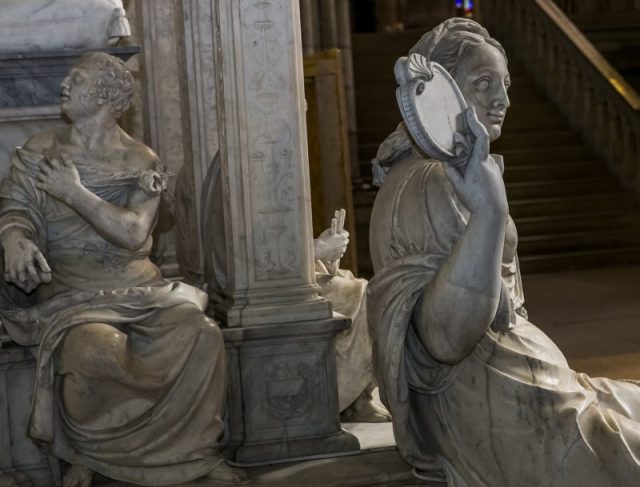
In 1490, at age 13, Anne married by proxy Maximilian I of Austria to try to strengthen Brittany’s independence. But the French king, Charles VIII, took this as a provocation to war, and his army invaded Brittany. Two years later, Anne married Charles VIII and was crowned queen of France. In part because he did not respect her wish to have a strong Brittany, the two did not have too happy a marriage. Charles VIII died in an accident in 1498, when she was 21.
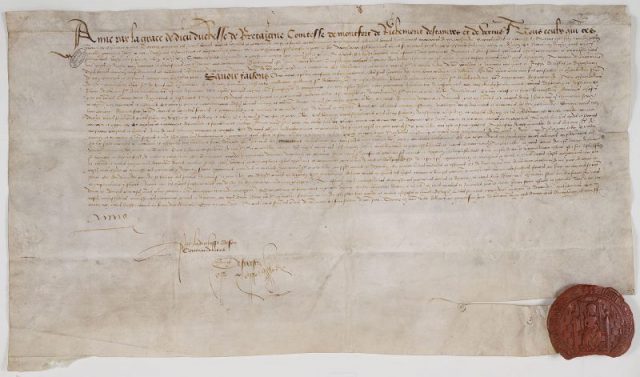
The new king, Charles’s cousin Louis XII, had his marriage annulled by the pope in order to marry Anne. She agreed but insisted her husband honor her title as duchess of Brittany. This marriage was happier, producing two daughters. She was also devoted to administering the government of Brittany.

Queen Anne was described as both pious and hot-tempered. She was highly intelligent and a patroness of the arts–it is possible that the celebrated Unicorn Tapestries, now on display at the Metropolitan Museum of the Arts’ Cloisters Museum in New York City, was sponsored by her. When she died, Louis XII was grief-stricken, although not too long after her death he married Princess Mary Tudor, the 18-year-old sister of Henry VIII. Louis died two months after that wedding.
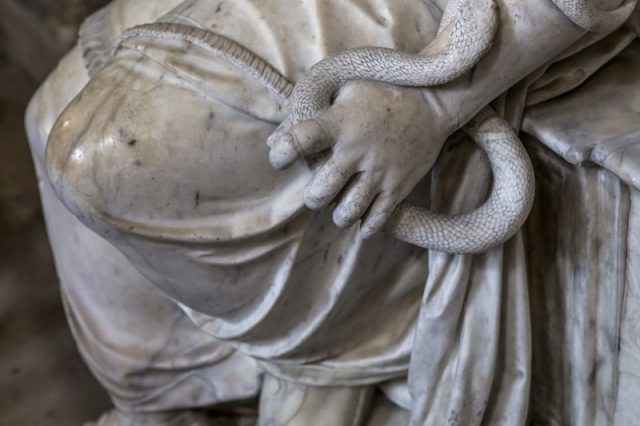
It was not unusual for the heart to be buried separately from the body in French medieval times. The case was made in 1514 and is considered a masterpiece of 16th-century metal work. For a time the reliquary was kept in her parents’ tomb at the chapel of the Carmelite friars in Nantes. During the French Revolution, it was nearly melted down, but then protected from destruction.

When the thieves stole Anne of Brittany’s heart, they also took a golden Hindu statue and some historical coins.
Nantes mayor Johanna Rolland said she was “indignant” over the theft: “This magnificent object, a masterpiece of early 16th-century metalwork, naturally has great heritage value. For all the women and men of Nantes, it also has a special sentimental importance, linked to the personality of Anne de Bretagne and the imprint she left in the history of Nantes. I, therefore, hope that this precious and fragile object will be found as soon as possible.”
According to The Telegraph, there had been suspicions that the case had been stolen by Breton nationalists, but police said everything pointed towards “petty crime.”
During the second half of the 19th century, a movement formed supporting Breton and its native language. It gained momentum throughout the 20th century but became highly controversial during World War II, when some Breton leaders were accused of actively collaborating with the Nazis. Several Breton nationalists were killed by the French Resistance.
An opinion poll conducted in 2013 found that 18 percent of Bretons are in favor of Breton independence. A larger group, 37 percent, said that while they did not want to break away they considered themselves Breton first and French second. The spirit of Queen Anne has never died.
Nancy Bilyeau, the U.S. editor of The Vintage News, has written a trilogy of novels set in the court of Henry VIII: ‘The Crown,’ ‘The Chalice,’ and ‘The Tapestry.’ The books are for sale in the U.S., the U.K., and seven other countries. For more information, go to www.nancybilyeau.com.
